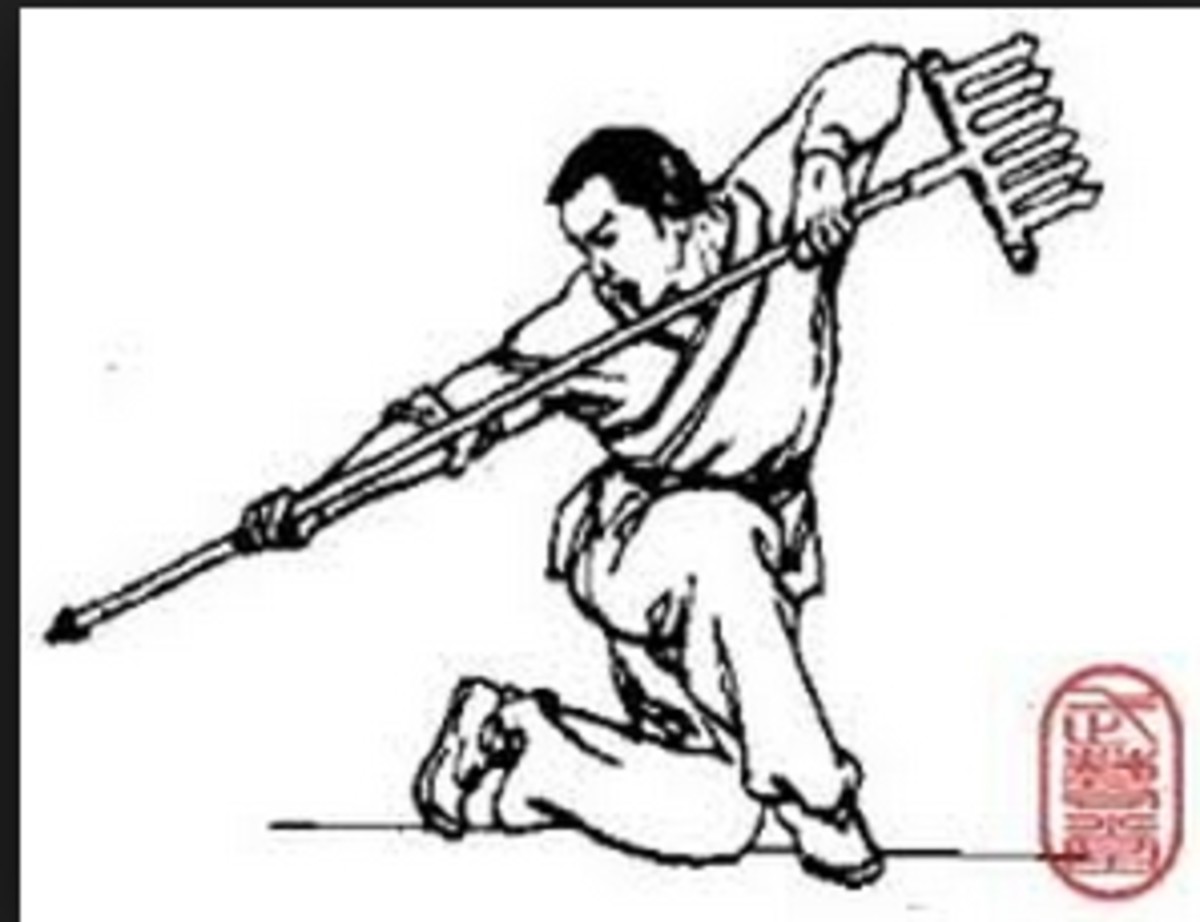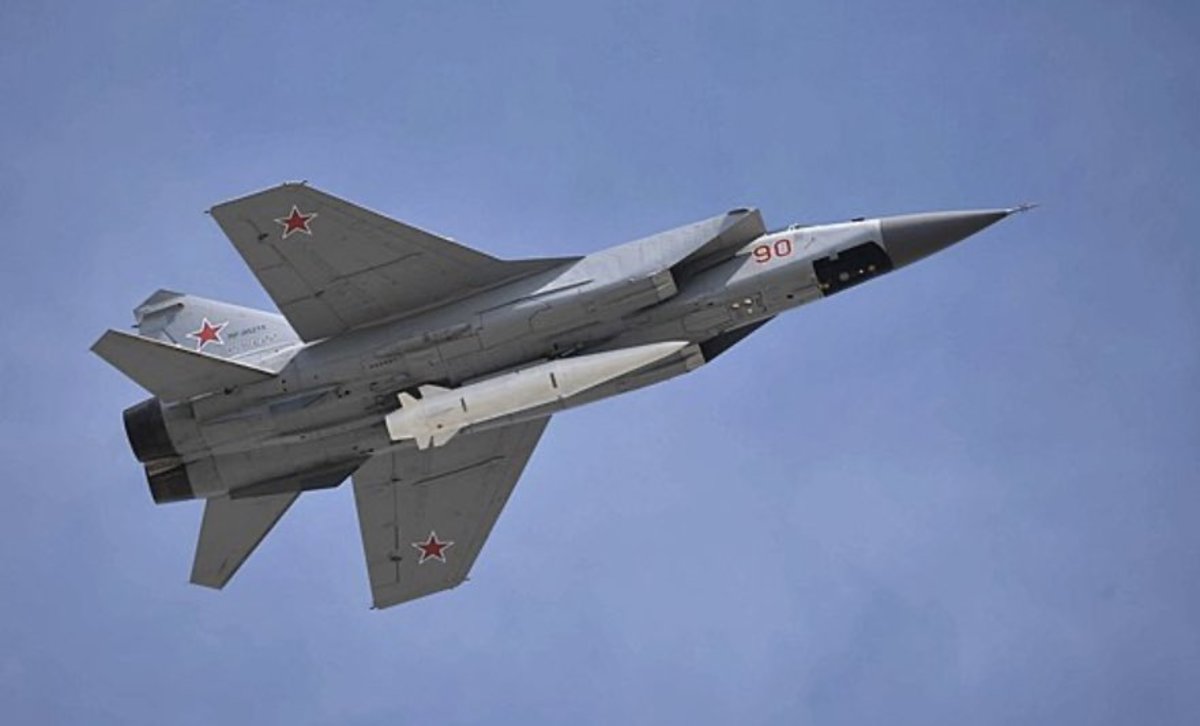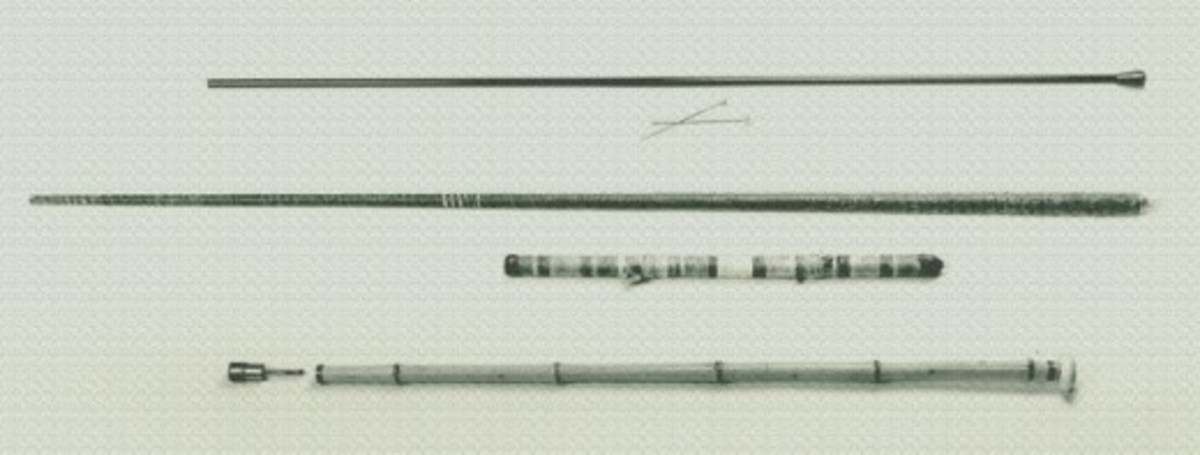Why Doritos Are the Missing WMDs
Cutting-Edge Dorito Technology
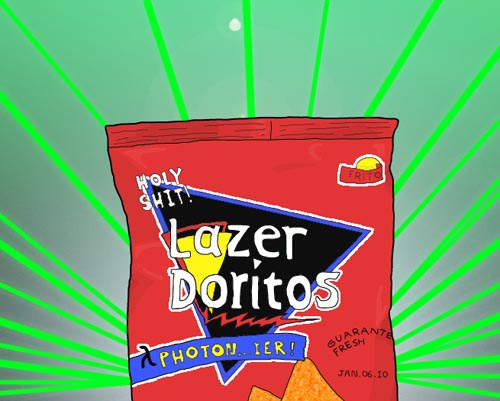
Another Stan Fletcher Contest Entry!!!
The Case for a WMD Conspiracy
The use of Doritos as inflictors of pain is more common than you might think. In fact, the CDC (Centers for Disease Control) reported no fewer than 9,7283 incidents of Doritos Double Dipping (DDD) during the 2009 football season, alone.
The dangers of double dipping have been widely publicized. However, hungry football fans are too intent on the game to pay much heed to the risk.The result is saliva-contaminated salsa, guacamole or onion dip. This is followed by horrific heartburn, pain and suffering (especially when your team loses to the sissies with the 0-7 record). Add in a few too many brews and you can easily end up projectile vomiting (hopefully into the toilet or bushes outside, NOT back into the dip bowl!).
Recognize that distinctive orange glow?
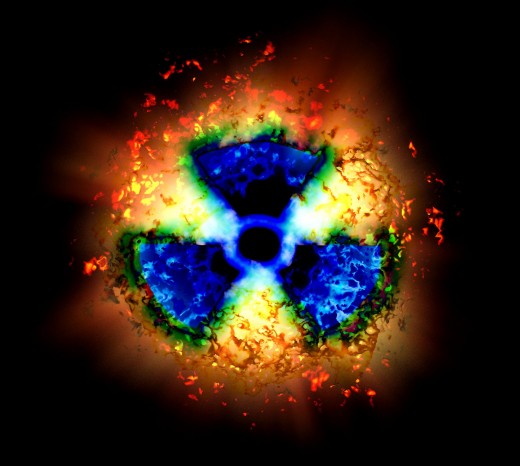
Purpose of this Hub
While unfortunate, these incidents of projectile vomiting do not qualify Doritos as projectile weapons in the classic sense. True, if you spew all over your date or the bleachers in front of you, you are gonna make some enemies. Note to self: Next time buy a smaller bag.
The purpose of this hub is to explain how this top-selling snack food came to be a bona fide projectile weapon. I have done extensive research. I have posted links and fairly detailed backup information here below. Everything I have read has led me to the same conclusion.
We have finally found the WMDs!
Some of you will want to read every word -- more than likely to find some teeny tiny flaw in my argument that you can then flaunt in my face and get this entry disqualified from Stan Fletcher's "Killer Ideas for Your Next Hub" contest or investigated by the FBI or something.
Take heed, people. I have uncovered a shocking orange conspiracy:
They're not just a snack, they're a form of attack! (Complete with "shock and awe" of the sticky-crunchy variety).
Dawn of the Deadly Orange Triangle
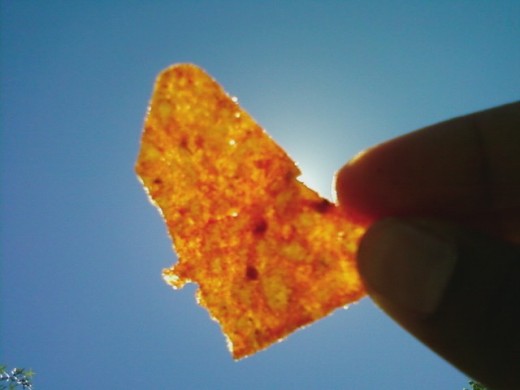
My Weapons of Mass Doritos Theory
Basically, here's my argument. You may look at it as natural (or artificial) evolution, or as a perfect cool ranch storm of unrelated events. Or, you can face the harsh reality that our government has been colluding with big brother brands for decades.
In my theory there are three prongs which converge into a lethal point. There are actually more like four prongs, but since Doritos have three points I'm going with three. Stay with me here. It will all be clear in a minute.
The modern-day use of triangular, orange corn chips as projectiles is a direct -- and I would argue deliberately planned --result of these factors:
1. The development by Kraft of orange fake food (Velveeta, Cheez Wiz, Macaroni & Cheese in the blue box, Tang)
2. The adaptation of powdered orange flavoring to corn-based snacks (first Chee-tos, then Doritos) by Frito-Lay
3. The Vietnam War, without which we might never have invented Agent Orange. AO inspired today's Doritos-in-combat (DIC) situations.
4. The fourth prong is the evolution of weaponry itself. For influence, we look to the very earliest days and, as mentioned in #3, the introduction of Agent Orange. Basically we have the ancients to thank. They came up with idea of hurling pointy things to make holes in people and kill them. But as you will note if you do spend the time to read through the weapons history, there are/were several places where Doritos could have, perhaps should have, been substituted.
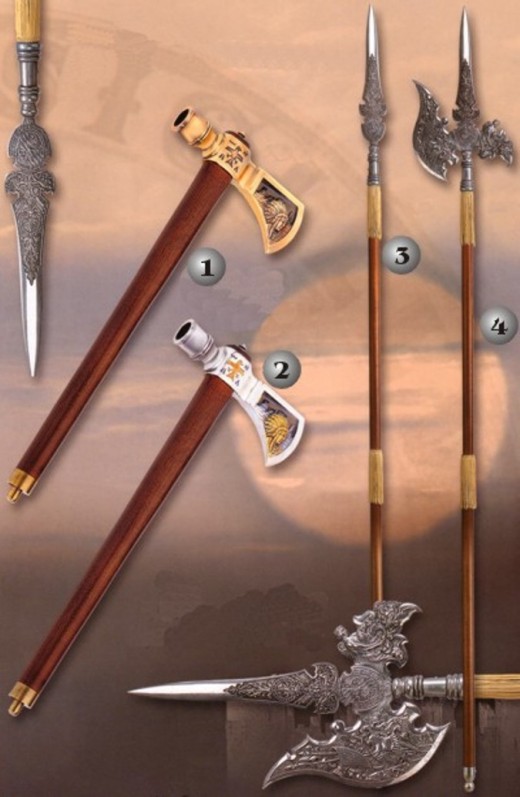
Go Ahead, Chip Away
But ...before you scoff and call my research pseudo science, or outright poppycock, consider this timeline of critical events:
1914 American soldiers are given fake cheese in a tin. This cheese is "manufactured" by Kraft. How do we suppose they used that cheese product? Did they consume the cheese? Or did they toss the tins at their enemies like cheesy grenades (only without the explosive)?
1937 Kraft introduces its famous Macaroni & Cheese. It is the first commercial product to feature powdered cheese. When first combined with butter and milk, the cheesy powder turns an electric orange color before mellowing out to a lighter orange.
1948 Either through imitation (which we all know is the sincerest form of flattery) or pirating (much more likely) Kraft's orange cheese powder recipe, Frito-Lay lays the groundwork for its future dominance of the snack food market.
Puffed orange Chee-tos are introduced. As it happens, Chee-tos are the same neon orange as described above, only even more blindingly orange. Not only that, but when the orange powder mixes with saliva (which it inevitably does, since you eat Chee-tos with your fingers) it forms a nasty, staining orange paste.
1957 Kraft regains its dominance with the introduction of TANG instant breakfast drink. TANG is marketed as the drink of astronauts (NASA and the space program are wildly popular at the time). I can find no direct relation between astronauts and weapons, except to point out that the astronauts' mission was to conquer space (kinda like an army conquers its enemy, without the bloodshed).
As the '50s draw to a close, it's clear that in the realm of artificial orange foodstuffs, Kraft is still king.
It will be a full decade before Frito-Lay fires back with intensity.
1965 Meanwhile, the United States is fully engaged in Vietnam. Densely forested terrain creates problematic camouflage for the VC. A powerful defoliant called "Agent Orange" is used to clear paths and expose the enemy.
As far as I know, this is the first time the word "orange" has been used in conjunction with a weapon of war. Years later, the evil after-effects of AO on humans will become clear.
1966 Frito-Lay begins test-marketing a new triangular tortilla chip under the brand name Doritos.
1967 Doritos launch proves successful, but additional market research reveals that many consumers consider the chip to be too bland--not spicy enough. In other words, Doritos needs more firepower . So Frito-Lay ups the ammo, so to speak.
Have I convinced you yet?
If not, I invite you to read on.
In the left hand column you will find the history of weapons. It's quite abridged. But there is a link to the full article for those so inclined.
The right hand column follows the progression of orange food from processed cheese to deadly corn chips.
I've included a poll at the end. Please take a minute to vote. Thank you.
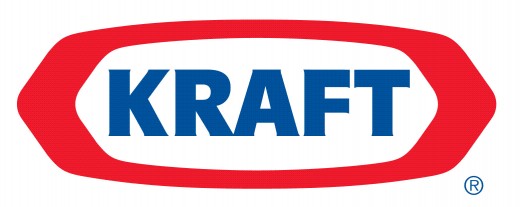
Source: Tim Lambert, APU
- A History of Weapons
I have extracted relevant highlights (only the ones that support my argument, naturally)and posted them below. The full article is fascinating, however.
Kraft Pioneers of Fake Orange Cheesestuff
- 1903: J.L. Kraft starts a wholesale cheese business in Chicago.
- 1914: J.L. Kraft & Bros. Co. open their first cheese factory in Stockton, Illinois. Within a year they begin producing process cheese in tins. The U.S. government provides cheese in tins for the armed forces during World War I.
- 1928: Kraft introduces VELVEETA process cheese.
- 1937: KRAFT Macaroni and Cheese Dinner introduced with the advertising slogan of "Make a meal for 4 in 9 minutes."*
- 1950: KRAFT Deluxe process cheese slices, the first commercially packaged sliced process cheese
- 1952: CHEEZ WHIZ pasteurized process cheese spread is introduced.
- 1954: Kraft introduces CRACKER BARREL brand natural cheese.
- 1957: The General Foods Corporation introduces TANG, breakfast beverage crystals**
*Where's John Hamm when you need him, eh? Get it? Hamm & Cheese? (For those not familiar with the AMC's Mad Men, it is about the advertising business. This slogan needs some serious, serious help).
**Yes, I realize TANG is not technically (or even non-technically) a cheese. However, it is the pinnacle of food products of an orange color so artificial it is not found in nature, but has been fund on the moon!
Explosion? Yikes!
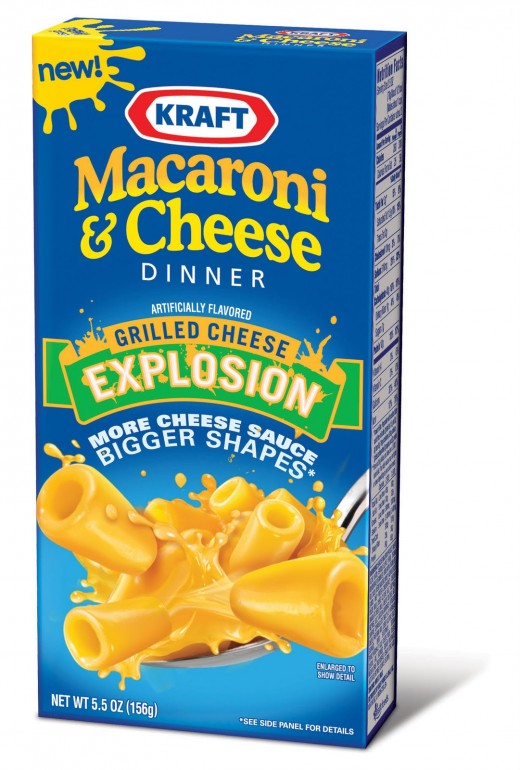
Now Isn't THIS Interesting?????
- 1988: Kraft, Inc. is bought by Philip Morris*
- 1989: Philip Morris Companies combined Kraft, Inc. and General Foods Corporation to form Kraft General Foods, the largest food company in the U.S.
*Makers of weapons of mass lung destruction, aka cigarettes.
Mmm, Yummy!
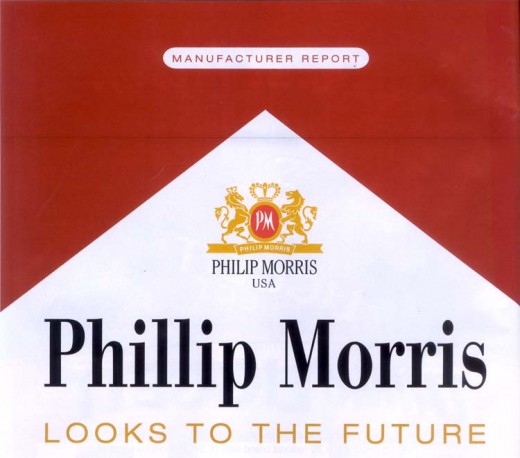
From Frito-Lay Company History
1932: Elmer Doolin founds the Frito Company in San Antonio, Texas, and begins making Fritos corn chips.
1938: Herman W. Lay buys Atlanta potato chip maker, changes name to H.W. Lay & Company, Inc., the following year.
1948: Frito Company introduces Chee-tos snacks.
1958: Frito Company acquires the rights to Ruffles brand potato chips.
1961: The Frito Company and H.W. Lay & Company are merged to form Frito-Lay, Inc.
1965: Frito-Lay, Inc. and the Pepsi-Cola Company merge to form PepsiCo, Inc., with Frito-Lay becoming a division of the new company.
1967: Doritos tortilla chips make their national debut.
Borrowed from James Bond's License to Kill, Perhaps?
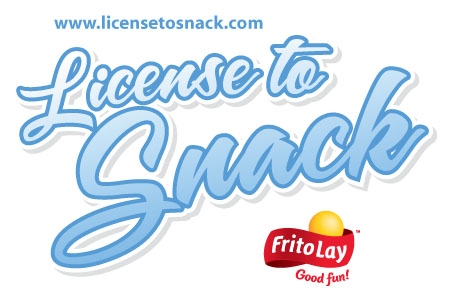
Creative Thinking: Ranch Dressing = Cool Ranch Doritos
Agent Orange vs. Doritos
Agent Orange is one of several herbicidal (plant-killing) preparations
that was used by the U.S. military to destroy forests and enemy crops in
Vietnam in the 1960s. Agent Orange was created by mixing equal quantities
of two agricultural herbicides commonly used to kill weeds: 2,4-D and
2,4,5-T. Present in the 2,4,5-T as an impurity was
2,3,7,8-tetrachlorodibenzo-p-dioxin (usually abbreviated to TCDD), a
dioxin contaminant that is highly toxic to some animals. (Dioxin is a term
used collectively for a group of chemical by-products of papermaking and
other manufacturing processes.)
Agent Orange
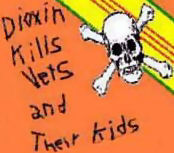
Agent Orange Uses and Abuses
- Agent Orange - Office of Public Health and Environmental Hazards
This is the home page of VA's Agent Orange Web site with links to information on Agent Orange exposure, VA benefits, health care and more.
Classic Flavors
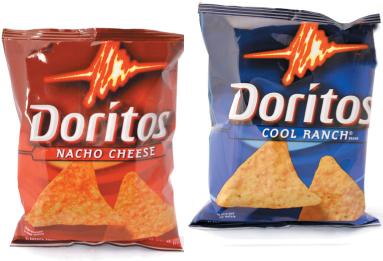
Doritos 1st Degree Burn Blazin Jalapeno Chips
Ingredients: Whole corn, vegetable oil (corn, sunflower, and or soybean oil), corn maltodextrin, salt, whey, natural flavors, sodium diacetate, jalapeno pepper powder, monosodium glutamate, dextrose, sugar, cream, butter (cream, salt), cornstarch, onion powder, spices, canola oil, modified cornstarch, sour cream (cultured cream, nonfat milk), cheddar cheese (milk, cheese cultures, salt, enzymes), artificial color (including: Yellow 6 Lake*, Yellow 6, Yellow 5, Red 40, Blue 1), Swiss cheese (milk, cheese cultures, salt, enzymes), Colby cheese (milk, cheese cultures, salt, enzymes), paprika extract, Monterey Jack cheese (milk, cheese cultures, salt, enzymes), and artificial colors.
*Yellow 6 LAKE? Whoever heard of Yellow 6 Lake? I know this is some kind of code. I just know it!
We're not talking hostages here
Brief Evolution of Weaponry
PREHISTORIC WEAPONS
Early man used a variety of clubs, axes and spears,bows and arrows
Swords arrived with metal-making capabilities
Boomerangs were not intended to return to sender
ANCIENT WEAPONS
The Sumerians used bows and arrows, spears, axes and clubs
Egyptian soldiers fought with spears, swords, axes, daggers and clubs or maces, slings and bows and arrows
The Assyrians (region that is now Iraq) were the first people to use only iron weapons.
Greek armies carried long spears made of wood with a metal point. They also carried swords and daggers.
Roman soldiers carried a throwing spear but their main weapon was a short sword called a gladius.
The Assyrians used battering rams, a long pole with a metal point. The Assyrians also used siege towers, on top of which were archers who shot arrows into the enemy city.
The Macedonians invented the catapult, firing a stone powered by twisted rope. The catapult. was later used by the Romans.
Random fact: They often called it an onager (wild ass).
WEAPONS IN THE MIDDLE AGES
Saxons fought with spears, swords and battleaxes.
The Vikings, dreaded throughout Europe, fought with spears, axes and swords.
The tops of castle walls often had overhangs with openings through which boiling liquids could be poured or stones could be dropped. They were called machicolations.
Attackers could use a variety of siege weapons. The simplest was a battering ram. They could also use a kind of crane called a tenelon to get over the wall. On the end of a long wooden arm was a basket containing soldiers. The basket could be swung over the castle walls.
Imagine, if you will , that all the soldiers in those baskets were munching on Doritos! Too bad -- that's a fun visual, but would be historically inaccurate.
The long end of the trebuchet was winched down and when it was released the weight at the short end swung down. The long end swung up firing the missile.
In the 14th century warfare was changed by the longbow. With the longbow an archer could shoot an arrow every 5 or 6 seconds and shoot an arrow up to 225 metres. The one disadvantage of the longbow was that it took years to learn to use one properly .
Not to worry, though. If you missed one war, by the time you finished mastering the longbow there'd be another one!
The Romans used a version of the crossbow called a hand ballista. Some crossbows were so powerful they had to be loaded by a mechanical device called a cranequin. It was such a terrible weapon that in 1139 the Pope decreed that it should not be used against Christians but only against Muslims.
Note: I am rather surprised this little tidbit hasn't shown up in the Religion or Politics Forums!
WEAPONS 1500-1800
In the 16th century guns transformed warfare.Most cavalry stopped using lances, instead carrying two or three pistols along with sabres.
Muskets took a long time to reload so during reloading the infantry needed protection. They were protected by men with pikes (a weapon like a long spear).
The introduction of cannons meant that fortifications had to be re-designed. Forts now had bastions. These bastions were triangular sections of wall that jutted out from the rest of the wall. Guns on the bastion could fire at approaching soldiers from the sides.
A-ha! Bastions are TRIANGULAR! See the connection with Doritos? You don't?
Canister or case shot was used to kill enemy soldiers or sailors.This was a cylindrical container filled with sharp stones or pieces of metal. When fired, the cylinder burst and sprayed the enemy.
Historical note: They probably would have loaded the cylinders with Doritos, since they have pointy edges. Alas, it would be at least another 170 years till Doritos came available.
Cannons galore! By the late 16th century England had cannons royale or double cannons, which fired shot of 60-70 pounds. Whole cannons fired shot of 40 pounds and demi-cannons fired shot of 30 pounds. Culverins fired shot of 15-20 pounds and demi-culverins fired shot of 10-12 pounds. Sakers fired shot of 6-7 pounds, Minyons fired balls of 3-4 pounds. Falcons fired 2 pound shot and falconets fired 1 pound shot.
The Aztecs fought with slings and spears made of wood with blades edged with pieces of sharp obsidian. However their main weapon was a wooden club called a maquahuitl, which was also lined with pieces of razor sharp obsidian.
Meanwhile, both the Japanese and the Indians learned to make guns.
Japanese samurai fought with long swords called katana and short swords called wakizashi. They also used spears called yari and daggers called tanta. Samurai also had skewers called kogai and small knives called kozuka.
Indian soldiers fought with a curved sword called tulwar or with a type of sabre called a shamshir. IThey also used a steel axe called a khanjar, a form of dagger called katar, and an axe called a bhuj, a short, heavy knife with a long handle.
Sikhs used a steel quoit called a chakram. The outer edge was very sharp and when thrown it would slash the enemy. Indians also fought with matchlock muskets.
17th CENTURY WEAPONS
Early on firearms were either matchlocks or wheel locks. Both of these were gradually replaced by the flintlock, which worked by hitting a piece of flint and steel making sparks.
During this period the cartridge was invented. The musket ball was placed in a container, which held the right amount of gunpowder to fire.
About 1680 the ring bayonet was invented. With bayonet fixed, a musket could be used as a weapon even if it had been fired and was not reloaded.
Grenades came into play in 1677. An early grenade was simply a hollow metal ball filled with gunpowder and lit with a fuse.
There were no fundamental changes to weapons in the 18th century, but artillery became lighter and more mobile.
MODERN WEAPONS
The industrial revolution transformed warfare. At the beginning of the 19th century the Congreve rocket was introduced. However, rockets lacked both range and accuracy and they fell from favor.
In 1837 the first breech loading firearm, the needle-gun, was invented. Over the following decades the breech loading rifle was refined and improved.
In the late 19th century rifles were improved further by the introduction of magazines, which greatly increased the rate of fire.
In 1835 Samuel Colt invented the revolver. Traditionally the cavalry fought with pistols and swords, but the revolver made swords obsolete.
In the 19th century many people experimented with machine guns. The first really successful machine gun was the maxim gun.
War at sea was changed by exploding shells, by steam engines and by iron ships. Soon the traditional gun deck on warships was replaced by turret guns on the top deck.
The modern torpedo was developed in the 1860s.
In the 19th century new explosives were invented to replace gunpowder. TNT was invented in 1863, dynamite in 1867, Cordite in 1889.
During skirmishes with would-be colonists, African warriors fought with spears and throwing axes as well as bows. They also used throwing knives, which had several blades pointing in different directions.
Note: I think you can see a direct genesis here. Knives with several blades pointing in different directions leads to Doritos with corners pointing in different directions.
20th CENTURY WEAPONS
Firearms were now extremely powerful. Armies dug lines of trenches with barbed wire and machine guns.
In 1915 the Germans used gas on the western front and used the first flamethrowers.
In 1917 the British tried mining under the German trenches then packing the tunnels with explosives.
Note: There is no documented proof that these explosives were (or were not) unpowdered corn chips.
In 1916 the British introduced the tank. British and French tanks proved decisive in winning World War I.
In 1918 the Germans introduced the first sub-machine gun, which could be operated by one man. In 1920 the Thompson sub-machine gun or Tommy gun was produced.
Then came the U-boat. People had experimented with submarines since the early 17th century, but it was the invention of the diesel engine that made submarines feasible.
In 1915 the Germans began using Zeppelin airships to bomb British cities. However, Zeppelins proved very vulnerable to fire from planes and anti-aircraft guns.
At the beginning of the First World War (WWI) aircraft were used to observe the enemy. During the war aircraft technology changed rapidly. But the war ended before aircraft could play a decisive part.
During WWII aircraft realized their full potential. Dive bombers were used to bomb cities and destroy the enemy's industries.
Tanks continued to play a dominant role, despite the development of anti-tank guns.
During World War II the Germans began using rockets. On June 13, 1944 they launched the first V-1 flying bomb. More dangerous was the V-2 rocket.
A significant development was the atomic bomb. On August 6,1945 The US exploded the first one over Hiroshima and on August 9 another exploded over Nagasaki. Each killed tens of thousands of people. The Soviet Union exploded an atomic bomb in 1949.
In 1954 the Soviet Union made the first ICBM (intercontinental ballistic missile). The USSR exploded a hydrogen bomb in 1954.
The first nuclear powered submarine, the Nautilus, was launched in 1955.
During the Vietnam War* the US experimented with laser guided missiles. Laser guided missiles were not used on a large scale until the Gulf War of 1991.
Note: Laser guided missiles? Laser Doritos? Coincidence? I think NOT!
*Note : Please see separate entry on Agent Orange, widely used during the Viet






